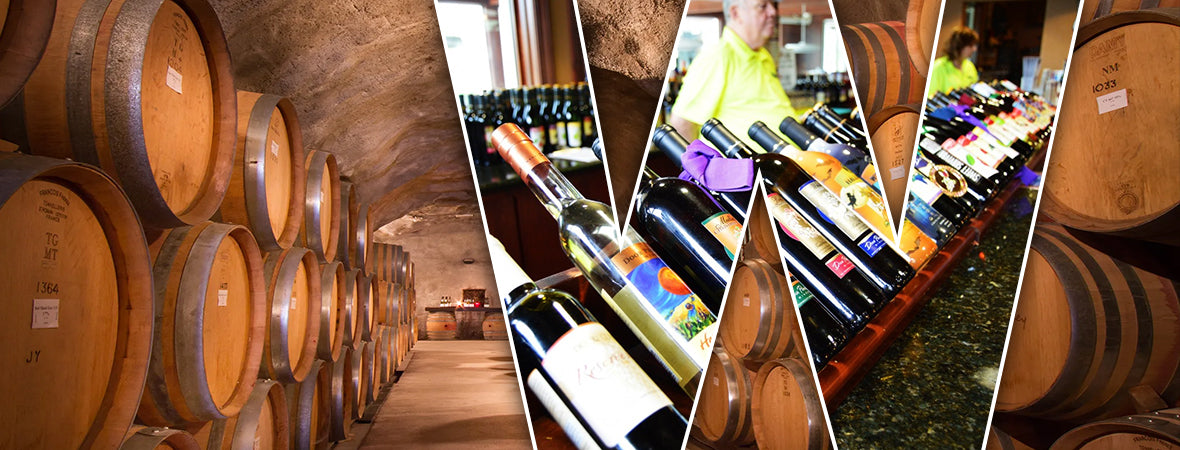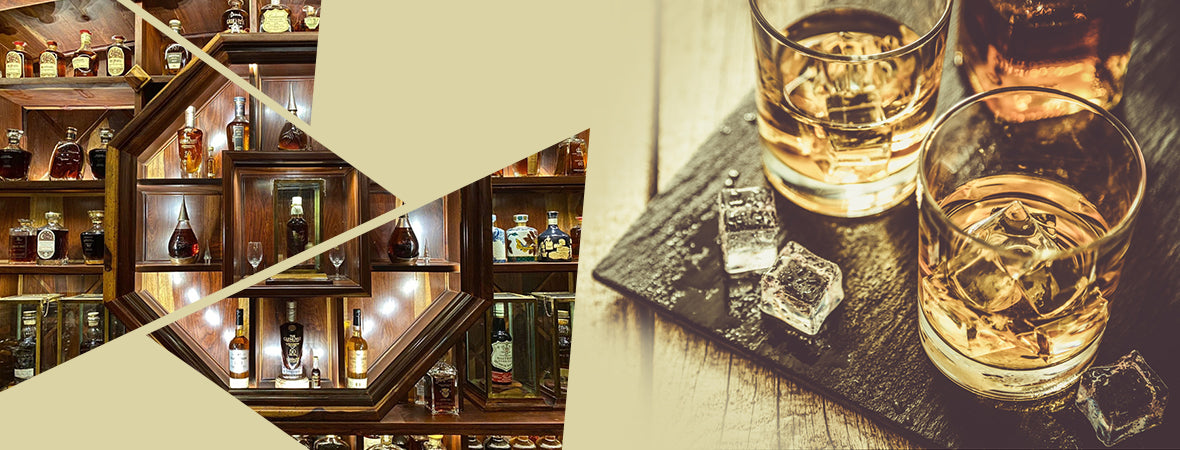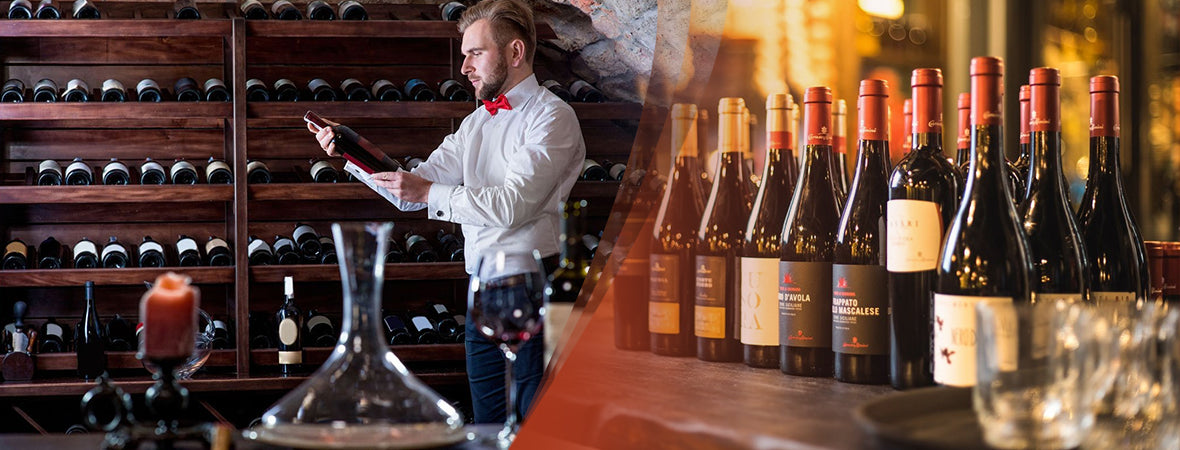The English word “wine” comes from the Latin word “vinum” or “vine”. The v and the w became interchangeable from the Proto-Germanic word “winam”. The earliest evidence of production of wine dates back over 8,000 years ago. 8,000 year old ceramic storage jars in the Georgian region of Shulavari were found. In these storage jars were evidence of crushed grapes.
Even earlier than that in Ancient Egypt, six of 36 amphoras were found in the tomb of King Tutankhamun bearing the name Kha’y who was the chief vintner. These amphoras dated back to the 7th century B.C. Other traces of wine have also been found in Asia dating from the 1st and 2nd millennia B.C. India also has a history with wine by the first mentioning of grape based wines in the late 4th century B.C. in writings of Chanakya. Of course the Romans also have a history and taught many of the production techniques that are still used today.
Most of the wine was made from the species Vitis Vinifera which translates to common varieties such as Pinot Noir, Chardonnay, Cabernet Sauvignon ,Gamay and Merlot. Throughout the years there have been many hybrids and cross breeds of these varieties which are used for the production of wine.
Hybridization and Grafting
Grafting- This is a horticultural technique where one root or plant tissue is inserted into another plant so that they become one. For instance an apple tree may be grafted onto a dwarf tree because they provide more fruit per unit of land. Grafting can sometimes overcomes a roots deficiency and strengthen its weaknesses.
Hybridization- This technique combines different varieties together to create a hybrid. This process takes longer than grafting. This method is more an act of mating varieties to create a hybrid.
Both of these techniques are used to strengthen and make a new hardy crop which may be more disease resistant from the original.
Terroir
Terroir comes from the word Terre or translated to land in French. This term is associated with many grape varieties and is a term used to describe a characteristic of the geography, geology and climate of certain regions. Terroir is used in many European countries and used to categorize wines made from certain areas. For instance Bordeaux refers to the terroir or style rather than a varietal like in The U.S. where you find Cabernet Sauvignon. Terroir are regulated by the governments to keep the values of wines and protect traditional winemaking techniques.
New World wine and Old World wine
Old World Wine refers to wine produced in countries that have a long traditional history in winemaking. Countries like Italy, France, Spain, etc. These countries have been following a standard and tradition using the same techniques that were used for many years.
New World Wine refers to countries that are relatively new at making wine and use varietals and blends that wouldn’t be normally used. Some of the New World regions or countries would be Australia, Chile, U.S., etc.
Tasting wine
There is an art to wine tasting and many terms and lingo are associated with wine. Terms like bouquet, aromas, full or light bodied, etc., are examples of some of the terms used. When drinking wine it is sometimes best to swirl it in your glass to aerate the wine and release aromas and flavors. There are accessories that can aid in your wine tasting experiences such as decanters, aerators, vacuum seals and glasses designed for wine.
Collecting wines
Some wines have a greater ability to age. The levels of tannins or acidity in certain wines give the wine the ability to get better in taste and are able to be stored or collected. Some of these wines are rated highly by wine publications.
These are just a few of the terms and history behind wine. Wine has been enjoyed for centuries and with the new techniques and the new production methods that are being used, wine will only get better. Any questions or comments are welcomed and encouraged. Please check out our other articles for new and interesting content.
Further reading: Organic Wine: Is it Healthier?
Learn more about our wines and spirits here.





